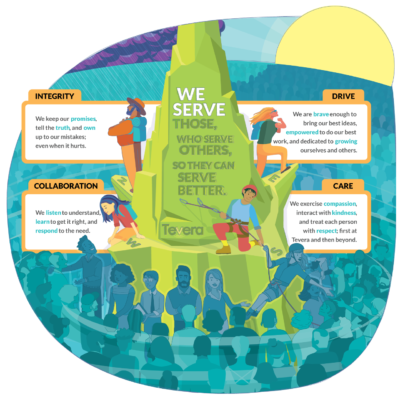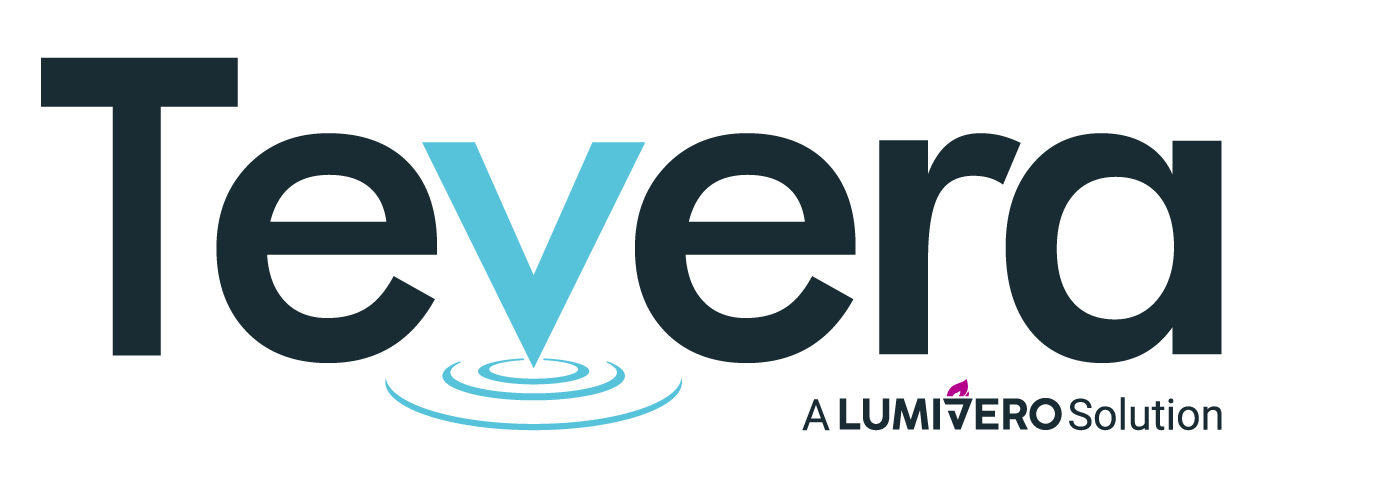Securing accreditation is a critical step for any higher education program, but it’s no simple task! Most accrediting bodies have designed rigorous review processes to ensure that students across the country are set up to successfully practice foundational competencies and become skilled, ethical, inclusive professionals.
Achieving accreditation signifies to your current and prospective students that they will receive a high-quality, marketable education that will enable them to impact the most change in their communities after graduation!
At Tevera, we have supported countless programs in their journeys toward accreditation. Many accrediting bodies follow similar themes, so we’ve created the following process to tackle any accreditation process:
-
Establish Foundational Elements for Program Review
-
Centralize Data Collection
-
Execute your Assessment Plan
-
Facilitate Professional Practice
-
Review Program Outcomes
STEP 1
Establish Foundational Elements for Program Review
The program review consists of a review of the learning environment and your program’s learning outcomes. This step requires the most advanced planning and should be squared away before students begin the program.
STEP 2
Centralize Data Collection
While Step 1 covers many of the administrative elements of your program’s preparation for accreditation, the bulk of the effort required year-over-year comes down to data collection. Accrediting bodies will review your program’s efficacy by examining the systems and processes in place for:
-
Assessing student competency and achievement of student learning outcomes
-
Promoting and managing student field education
-
Reviewing the assessment plan and outcomes related to student achievement
By collecting all of the above data in one centralized system from the outset, organizing and submitting the data accredited bodies need to review is easy.
Fortunately, Tevera was designed with exactly these tasks in mind! Click here to learn more about how Tevera can centralize key data collection needed for your accreditation cycles.
STEP 3
Execute Your Assessment Plan
Accrediting bodies often require that student competency be assessed according to key learning outcomes by program faculty and/or field supervisors.
Often, this data is collected via a rubric, in which the criteria for the basis of competency-based assessment are clearly defined and demonstrable by the student.
To establish a threshold for student success, each measure should have a well-defined minimum acceptable score in order for a student to be deemed as meeting the competency.
Gathering all assessment data in one system is easier than ever with Tevera! Program faculty and field instructors alike will be able to evaluate student performance and any assessment rubrics can be aligned with your program’s student learning outcomes as well as accrediting bodies’ standards, giving you a comprehensive look into your students’ journeys to success and competency. Learn more about Tevera’s approach to assessment management here.
STEP 4
Facilitate Field Education
The field education experience allows students to integrate their theoretical knowledge in real-world practice scenarios and develop the fundamental skills required for future professional work.
In order to support the student field experience, your program will need to:
- Promote practice opportunities for all students.
- Orient and place students in appropriate field experience settings.
- Verify students are working with appropriately qualified supervisors.
- Provide orientation and resources for supervisors.
- Verify students are working with appropriately qualified supervisors.
- Monitor and support student learning while in their field placement.
- Create a framework by which field instructors can evaluate student learning congruent with your program’s student learning outcomes.
- Verify student field experience hours accrued
- Implement a system to evaluate site supervisor and field education setting effectiveness.
With Tevera’s field experience solution, you can place students, collect necessary documentation, maintain a database of placement sites and qualified supervisors, verify field experience hours, and more! Learn more here.
STEP 5
Review Program Outcomes
Upon collecting all assessment data, your program will need a process in place for reviewing the assessment plan and outcomes related to student achievement of learning objectives.
Gaining the insight you need into student learning outcomes is easy with Tevera! Our accreditation standards reports can aggregate the data gathered on any field evaluations along with any other assessment measures that are aligned with the competencies, giving your program a holistic picture of student achievement across the breadth of your explicit curriculum.
Reports can also be filtered to show disaggregated outcomes for different groups, allowing you to easily pull data for different groups of students, specializations, and program options, as required by your accrediting body.
Learn more about using Tevera to review program outcomes here.










